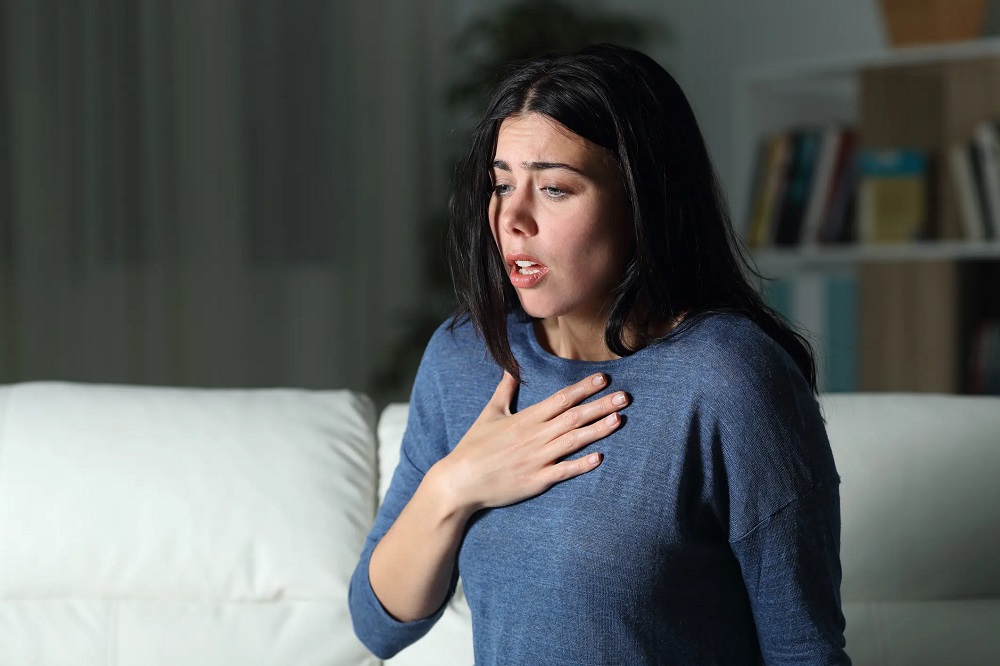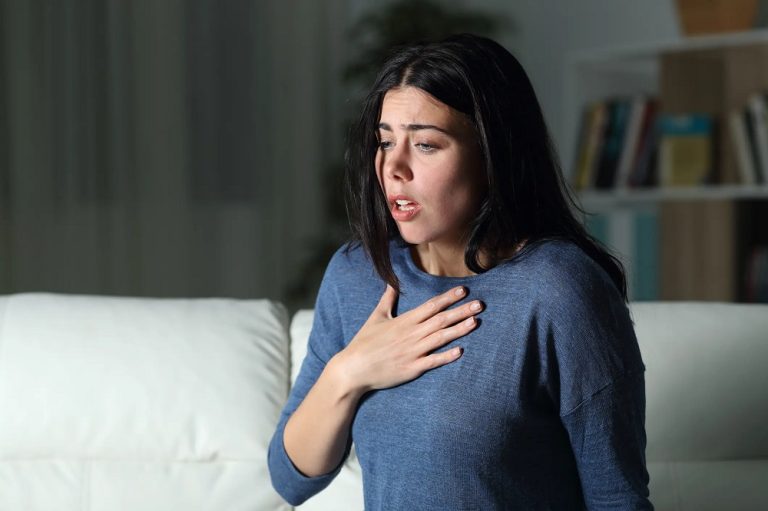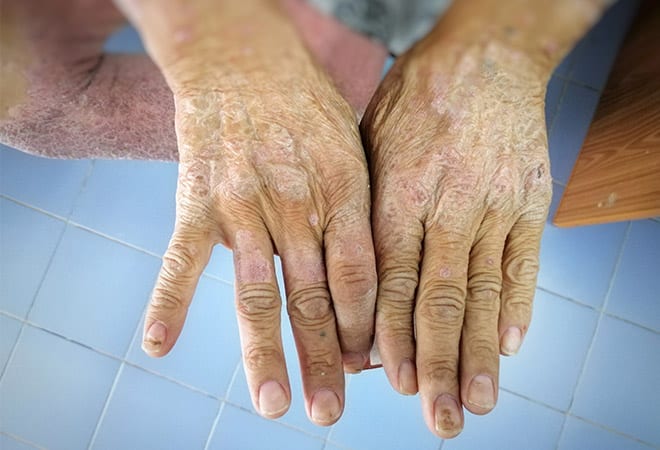
Panic Attacks: Recognizing and Treating Them
Panic attacks are sudden, intense episodes of fear or anxiety that can feel overwhelming and debilitating. They often strike without warning, leaving individuals feeling out of control. Understanding how to recognize and treat panic attacks is crucial for those experiencing them and for loved ones who want to provide support.
Though a brief period of intense fear or discomfort, a panic attack can peak within minutes and is often accompanied by physical and psychological symptoms. According to the American Psychiatric Association, panic attacks are a hallmark feature of panic disorder, though they can occur in other anxiety disorders or as standalone events.
The Mayo Clinic describes a panic attack as a sudden episode that can include symptoms like a racing heart, shortness of breath, and a sense of impending doom. These episodes can last anywhere from a few minutes to half an hour, though they typically peak within 10 minutes.
Understanding and Managing Low Blood Sugar
Key Symptoms of Panic Attacks
Recognizing a panic attack is the first step toward managing it. Symptoms can vary from person to person but often include a combination of physical and emotional signs. The following are common symptoms of panic attack:
- Physical Symptoms:
- Rapid heartbeat or palpitations
- Sweating or chills
- Trembling or shaking
- Shortness of breath or a feeling of choking
- Chest pain or tightness
- Nausea or stomach discomfort
- Dizziness or lightheadedness
- Numbness or tingling sensations
- Psychological Symptoms:
- Intense fear of losing control or dying
- A sense of unreality or detachment (depersonalization or derealization)
- Overwhelming anxiety or dread
These symptoms can mimic serious medical conditions like heart attacks, which is why many people seek emergency care during their first panic attack. While panic attacks are not life-threatening, they can significantly impact quality of life if left untreated.
Causes and Triggers of Panic Attacks
The exact cause of panic attacks is not fully understood, but they often result from a combination of genetic, biological, and environmental factors. The American Psychological Association (APA) notes that panic attacks may be linked to an overactive fight-or-flight response, where the body perceives a threat even when none exists.
How Does Lupus Affect the Skin, Joints, and Organs?
Common Causes
- Genetics: A family history of anxiety disorders or panic attacks increases the likelihood of experiencing them. Research suggests that genetic factors may contribute to a predisposition for anxiety-related conditions.
- Brain Chemistry: Imbalances in neurotransmitters like serotonin and norepinephrine can play a role. The NIMH highlights that disruptions in the brain’s fear circuitry, particularly the amygdala, may contribute to panic attacks.
- Stressful Life Events: Major life changes, such as the loss of a loved one, job stress, or trauma, can trigger panic attacks. Chronic stress may also heighten vulnerability.
- Medical Conditions: Certain conditions, such as thyroid disorders or heart issues, can mimic or trigger panic-like symptoms.
Common Triggers
Triggers vary widely but may include:
- Caffeine, nicotine, or alcohol
- Crowded places or confined spaces
- Public speaking or social situations
- Reminders of past traumatic events
Understanding personal triggers can help individuals anticipate and manage potential panic attacks.
Panic Attacks vs. Panic Disorder
While a single panic attack can be distressing, recurring attacks or persistent fear of future attacks may indicate panic disorder.
Panic disorder is a condition where individuals experience repeated, unexpected panic attacks followed by at least one month of worry about additional attacks or significant behavioral changes to avoid them.
The Cleveland Clinic notes that panic disorder affects about 2-3% of the population and is more common in women than men. It often begins in late adolescence or early adulthood.
How to Recognize a Panic Attack
Recognizing a panic attack involves identifying the sudden onset of intense symptoms. Individuals may feel like they are having a heart attack or losing their mind. Key indicators include:
- Sudden Onset: Symptoms appear rapidly, often without an obvious trigger.
- Short Duration: Most attacks peak within 10 minutes and subside within 30 minutes.
- Physical and Emotional Combination: A mix of bodily sensations (e.g., chest pain) and psychological distress (e.g., fear of dying).
Zika Virus Infection: Symptoms and Pregnancy Risks
Treatment Options for Panic Attacks
Effective treatment can significantly reduce the frequency and severity of panic attacks. A combination of therapy, medication, and lifestyle changes is often recommended, tailored to the individual’s needs.
1. Psychotherapy
Psychotherapy is a cornerstone of panic attack treatment. Two evidence-based approaches are:
- Cognitive Behavioral Therapy (CBT): CBT helps individuals identify and challenge negative thought patterns that fuel panic attacks. It also teaches coping strategies, such as exposure therapy, where patients gradually face feared situations. CBT is highly effective for panic disorder, with many patients experiencing significant improvement.
- Exposure Therapy: This involves controlled exposure to panic triggers to reduce fear over time. This gradual exposure helps desensitize individuals to sensations associated with panic attacks.
2. Medication
Medications can help manage symptoms, particularly for those with frequent or severe attacks. Some common options as suggested by the Mayo Clinic are:
- Selective Serotonin Reuptake Inhibitors (SSRIs): Antidepressants like sertraline or fluoxetine are often first-line treatments due to their effectiveness and low side effect profile.
- Benzodiazepines: Fast-acting medications like lorazepam can provide quick relief but are typically used short-term due to the risk of dependence.
- Serotonin-Norepinephrine Reuptake Inhibitors (SNRIs): These may be prescribed for long-term management.
Always consult a healthcare provider to discuss medication risks and benefits.
3. Lifestyle Changes
Lifestyle modifications can complement therapy and medication:
- Regular Exercise: Physical activity can reduce anxiety by releasing endorphins. Aim for at least 30 minutes most days.
- Stress Management: Techniques like mindfulness, meditation, or yoga can help calm the nervous system.
- Sleep Hygiene: Adequate sleep supports emotional regulation and reduces anxiety triggers.
- Avoiding Stimulants: Limit caffeine, nicotine, and alcohol, which can exacerbate symptoms.
4. Self-Help Strategies
Self-help techniques can empower individuals to manage panic attacks in the moment. The Cleveland Clinic recommends the following:
- Deep Breathing: Slow, controlled breathing can reduce hyperventilation. Try inhaling for 4 seconds, holding for 4 seconds, and exhaling for 4 seconds.
- Grounding Techniques: Focus on your surroundings (e.g., name five things you see) to stay present.
- Positive Self-Talk: Remind yourself that the attack is temporary and not life-threatening.
Osteoarthritis: Causes, Symptoms, Prevention, and Treatment
Coping During a Panic Attack
When a panic attack strikes, the following immediate coping strategies can help:
- Acknowledge the Attack: Recognize that you’re having a panic attack, not a life-threatening event.
- Breathe Slowly: Use diaphragmatic breathing to slow your heart rate.
- Find a Safe Space: If possible, move to a quiet, comfortable area.
- Use Distraction: Count backward from 100 or focus on a sensory object, like a stress ball.
Supporting Someone with Panic Attacks
If someone you know is experiencing a panic attack, your support can make a difference. The APA advises:
- Stay calm and speak in a soothing tone.
- Encourage slow breathing without forcing it.
- Avoid minimizing their feelings; instead, validate their experience.
- Offer to help them find professional support if needed.
When to Seek Professional Help
While occasional panic attacks may not require treatment, frequent or debilitating attacks warrant professional attention. It is important to seek help if:
- Attacks interfere with daily life, work, or relationships.
- You avoid situations due to fear of attacks.
- You experience persistent worry about future attacks.
A mental health professional can provide a diagnosis and create a tailored treatment plan.
Tonsillitis: Causes, Symptoms, and Treatment – When to Remove the Tonsils
Conclusion
Panic attacks can be frightening, but they are manageable with the right tools and support. By recognizing symptoms, understanding triggers, and exploring treatment options like CBT, medication, and lifestyle changes, individuals can regain control. If you or someone you know experiences panic attacks, seek professional help to develop a personalized plan for recovery. With proper care, panic attacks don’t have to define your life.
Autoimmune Disorders: Recognizing the Signs, Diagnosis, and Treatment







